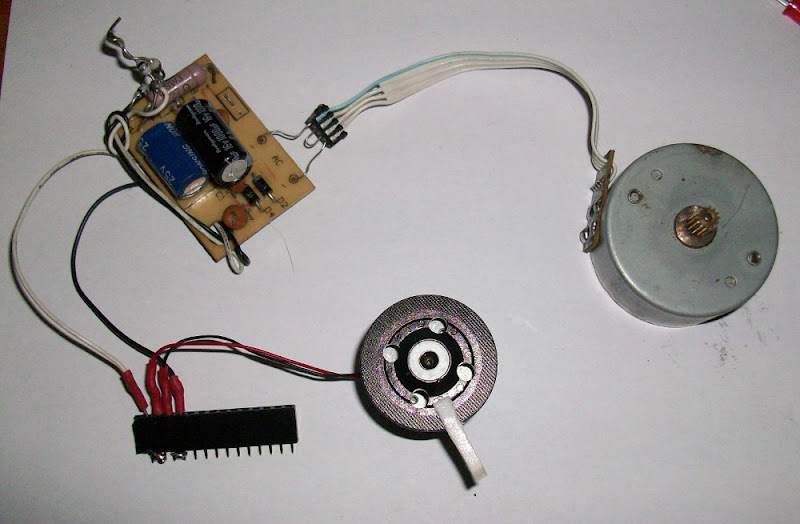Abstract
Super-resolution algorithms is a family of algorithms used to obtain higher resolution image from set of images in lower resolutions. It's important to notice that by using those methods the higher resolution image is more detailed in opposition to resizing and debluring.
It may be applied on many different data, including spying and meteorological satellites, telescopes, tomographs and X-ray machines. Super-resolution algorithms can be also applied to 3D sceneries or sounds.
In this article, I will describe a super resolution algorithm proposed by Irani and Peleg and its simple implementation in Python.
One of low resolution images (for easier comparison it's resized to fit the estimated image):

The image estimated by using super resolution algorithm:



